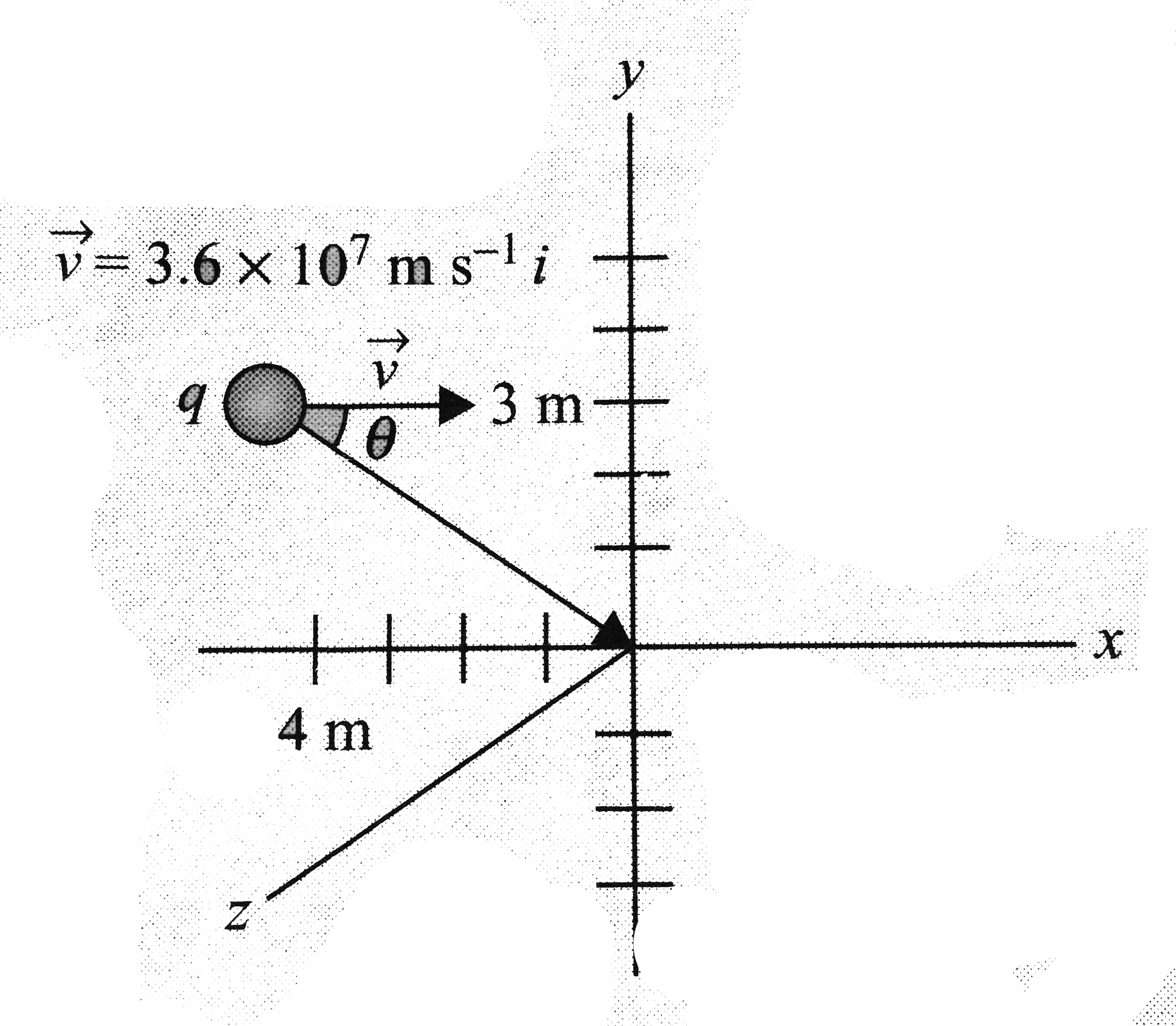If the area of bounded between the x-axis and the graph of between the ordinates is units, then can take the value two value are in (2,3) and one in two value are in (3,4) and one in none of these
one value in (2, 3)
one value in
one value in
one value in
The correct Answer is:B, D
To solve the problem, we need to find the value of a such that the area between the curve y=6x−3x2 and the x-axis from x=1 to x=a is equal to 19 square units.
1. Set Up the Integral:
The area A between the curve and the x-axis from x=1 to x=a can be expressed as:
A=∫a1(6x−3x2)dx
2. Calculate the Integral:
We first need to find the antiderivative of 6x−3x2:
∫(6x−3x2)dx=3x2−x3+C
Now, we can evaluate the definite integral:
A=(3x2−x3)a1=(3a2−a3)−(3(1)2−(1)3)
Simplifying this gives:
A=(3a2−a3)−(3−1)=3a2−a3−2
3. Set the Area Equal to 19:
We set the expression for the area equal to 19:
3a2−a3−2=19
Rearranging this equation gives:
−a3+3a2−21=0
or, multiplying through by -1:
a3−3a2+21=0
4. Finding the Roots:
We can use the Rational Root Theorem or synthetic division to find possible rational roots. Testing a=4:
43−3(42)+21=64−48+21=37(not a root)
Testing a=−2:
(−2)3−3(−2)2+21=−8−12+21=1(not a root)
We can also check values in the intervals given in the problem.
5. Using the Intermediate Value Theorem:
We can check the values in the intervals:
- For a=2:
23−3(22)+21=8−12+21=17(positive)
- For a=3:
33−3(32)+21=27−27+21=21(positive)
- For a=4:
43−3(42)+21=64−48+21=37(positive)
- For a=−1:
(−1)3−3(−1)2+21=−1−3+21=17(positive)
- For a=−2:
(−2)3−3(−2)2+21=−8−12+21=1(positive)
6. Conclusion:
Since we found that the polynomial changes signs in the intervals (2,3) and (3,4) and also has a root in (−2,−1), we conclude that the possible values for a are 4 and −2.
Final Answer:
Thus, the values of a can be 4 or −2.
The area A between the curve and the x-axis from x=1 to x=a can be expressed as:
A=∫a1(6x−3x2)dx
We first need to find the antiderivative of 6x−3x2:
∫(6x−3x2)dx=3x2−x3+C
Now, we can evaluate the definite integral:
A=(3x2−x3)a1=(3a2−a3)−(3(1)2−(1)3)
Simplifying this gives:
A=(3a2−a3)−(3−1)=3a2−a3−2
We set the expression for the area equal to 19:
3a2−a3−2=19
Rearranging this equation gives:
−a3+3a2−21=0
or, multiplying through by -1:
a3−3a2+21=0
We can use the Rational Root Theorem or synthetic division to find possible rational roots. Testing a=4:
43−3(42)+21=64−48+21=37(not a root)
Testing a=−2:
(−2)3−3(−2)2+21=−8−12+21=1(not a root)
We can also check values in the intervals given in the problem.
We can check the values in the intervals:
- For a=2:
23−3(22)+21=8−12+21=17(positive)
- For a=3:
33−3(32)+21=27−27+21=21(positive)
- For a=4:
43−3(42)+21=64−48+21=37(positive)
- For a=−1:
(−1)3−3(−1)2+21=−1−3+21=17(positive)
- For a=−2:
(−2)3−3(−2)2+21=−8−12+21=1(positive)
Since we found that the polynomial changes signs in the intervals (2,3) and (3,4) and also has a root in (−2,−1), we conclude that the possible values for a are 4 and −2.
Thus, the values of a can be 4 or −2.
Topper's Solved these Questions
- AREABook:CENGAGE ENGLISHChapter:AREAExercise:Comprehension Type
Explore 2 Videos
- AREABook:CENGAGE ENGLISHChapter:AREAExercise:Single Correct Answer Type
Explore 30 Videos
- APPLICATIONS OF DERIVATIVESBook:CENGAGE ENGLISHChapter:APPLICATIONS OF DERIVATIVESExercise:Comprehension Type
Explore 5 Videos
- BINOMIAL THEOREMBook:CENGAGE ENGLISHChapter:BINOMIAL THEOREMExercise:Matrix
Explore 4 Videos
Similar Questions
If the area of bounded between the x-axis and the graph of y=6x−3x2 between the ordinates x=1 and x=a is 19 units, then a can take the value: (A) 4 or -2 (B) one value is in (2, 3) and one in (-1, 0) (C) one value is in (3, 4) and one in (-2,-1) (D) none of these
View SolutionThe ratio between masses of two planets is 3 : 5 and the ratio between their radii is 5 : 3. The ratio between their acceleration due to gravity will be
View SolutionThe area bounded by the curve y=(x−1)(x−2)(x−3) and x-axis lying between the ordinates x=0andx=4 is
View SolutionA point chanrge of magnitude q=4.5nC is moving with speed v=3.6×107ms−1 parallel to the x-axis along the line y=3m. Find the magnetic field at the origin produced by this charge when the charge is at the point x=−4m, y=3m, as shown in Fig.

View SolutionFind the area bounded by the curve y=(x−1)(x−2)(x−3) lying between the ordinates x=0andx=3.
View SolutionFind the area bounded by the curve y=(x−1)(x−2)(x−3) lying between the ordinates x=0andx=3.
View SolutionFind the area bounded by the curve y=(x−1)(x−2)(x−3) lying between the ordinates x=0andx=3.
View SolutionFind the area bounded by the curve y=(x−1)(x−2)(x−3) and X-axis lying between ordinates x=0 and x=3
View SolutionFind the area bounded by the curve y=4x−x2, the x-axis and the ordinates x=1 and x=3.
View SolutionThe area bounded by the curves y=cosx and y=sinx between the ordinates x=0 and x=3π2 is
View Solution

